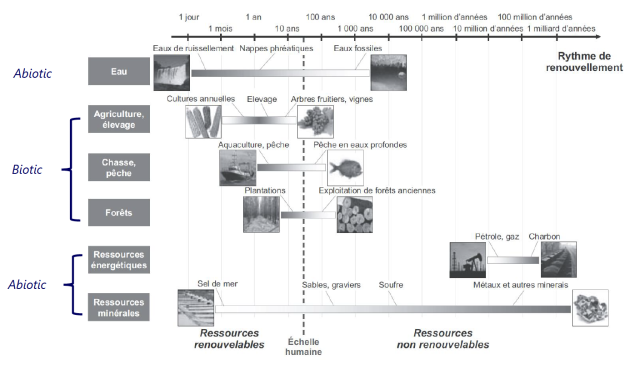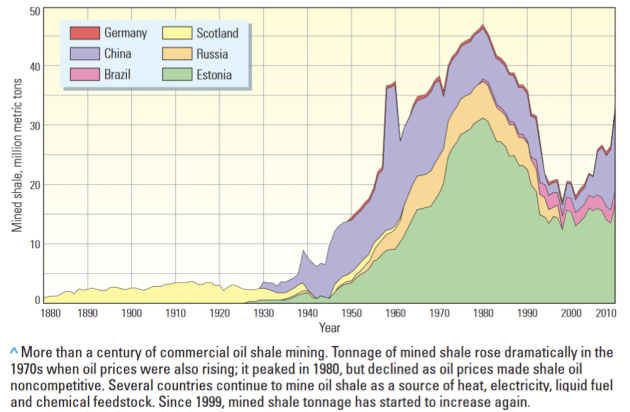Introduction
Définition : « Abiotic ressources »
Firstly, biotic resources refers to ressources coming from living things, or more precisely, organic matter. Ex: animals, plants.
Consequently, abiotic resources refers to all ressources but biotic ones. So, it encompasses minerals, but also air, water, sunlight, etc.
Fossil fuels can be classified either as biotic or abiotic resources, depending on the timescale considered. Indeed they’re coming from living things, resulting of bio-geo- chemical cycles, but were definitvely formed milllion years ago. In EV14, we’ll consider them as abiotic.
But what even are « resources »? [1]
Surprisingly, it is not often explicitly defined, even in major texts. Ex: ISO 14040 norm (giving framework for all Life-cycle analysis), or the classical 1983 report of the United Nations.
Analysis of varied definitions highlights some converging points: a resource is considered as such if :
It has an value or utility (from material properties for an industrial process to cultural valorization of precious stones)
For a certain subject (generally considered: the humans)

